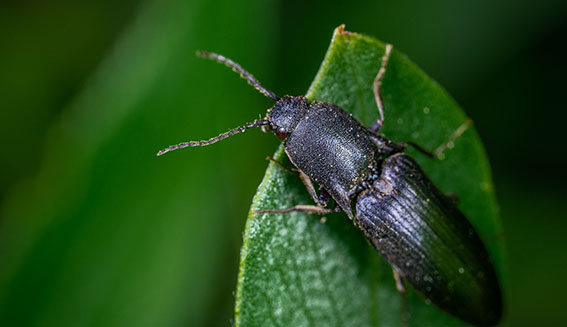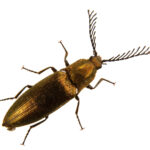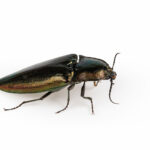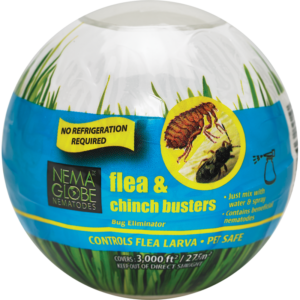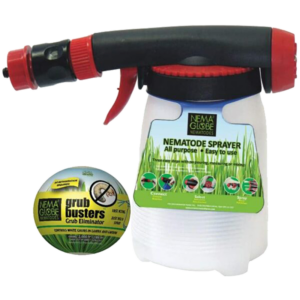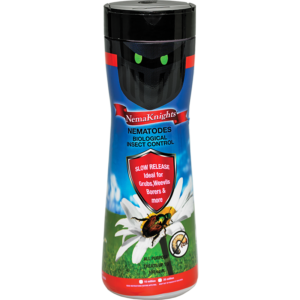Your cart is currently empty!
Damage
Wireworms are destructive plant pests and live in the soil for two to six years. They attack seeds, and plant roots such as potatoes, carrots, beets, beans, cotton, corn, wheat, melons, onions, and strawberries. This can cause the plants to wilt and die. In contrast, click beetles do not damage plants, but are more of a nuisance. Their loud clicking sound and sudden flips can be staggering.



